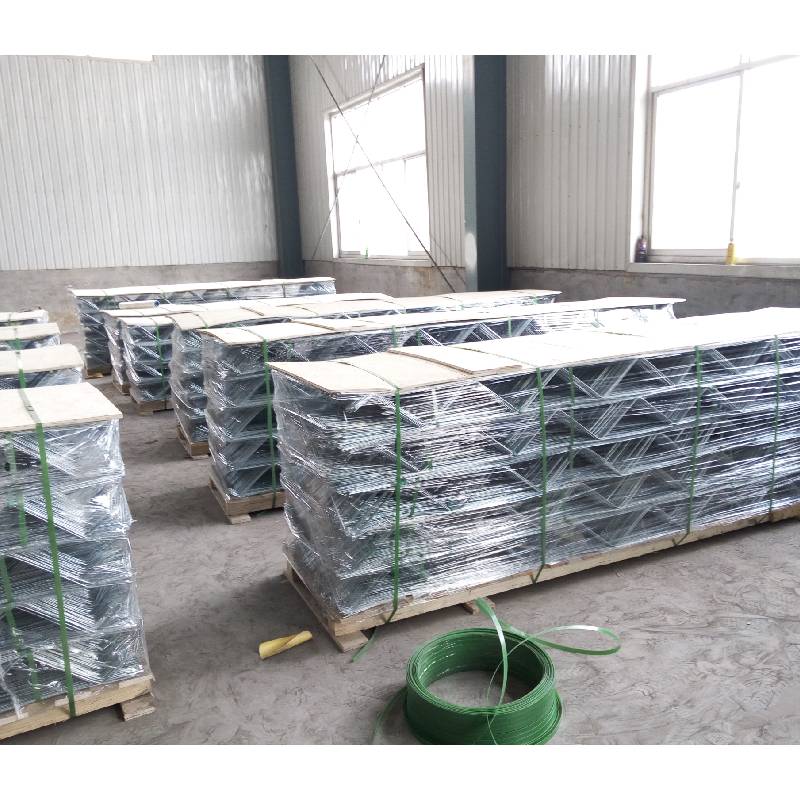
- Mobile Phone
- +8613931874955
- sales@cntcmetal.com
Should Wire Baskets Be Taken Out of Trees for Better Health?
Should Wire Baskets Be Removed from Trees?
Trees are an integral part of our ecosystem, contributing to environmental health, supporting wildlife, and enhancing the beauty of our landscapes. However, the increasing presence of human-made objects, such as wire baskets used in landscaping, poses significant challenges to the health and growth of these natural giants. This raises the question should wire baskets be removed from trees?
Wire baskets, commonly used in the nursery trade for transporting and planting trees, serve specific purposes. They provide structural support during the early stages of a tree's growth and can help maintain soil integrity around the root ball. However, once a tree is planted, the continued presence of these wire baskets can lead to several detrimental effects.
Firstly, wire baskets can hinder root growth. As the tree matures, its roots need space to expand and establish themselves in the surrounding soil. If a wire basket restricts this growth, it can lead to root girdling, where roots start to grow in circles rather than outward. This can ultimately stunt the tree's growth, making it vulnerable to environmental stressors and diseases. The tree's inability to properly anchor itself can also increase its susceptibility to falling during storms or strong winds, posing a risk to nearby structures and individuals.
Secondly, wire baskets can trap moisture and prevent proper drainage. This can create a wet environment around the roots, leading to root rot and other fungal diseases. Trees need a balance of moisture; too much can be just as harmful as too little. By removing wire baskets, we allow for better water regulation, which is crucial for the tree's health and longevity.
should wire baskets be removed from trees

Moreover, wire baskets can become hazardous over time. As they rust and degrade, sharp edges can pose risks not just to the tree but also to people and wildlife. Animals may become entangled in the wires, and children playing nearby could inadvertently injure themselves. This creates an unnecessary danger that can be easily mitigated by the simple act of removing these baskets.
Environmental sustainability is another important consideration. Many communities are pushing for more eco-friendly practices, and leaving wire baskets in place undermines these efforts. Removing wire baskets promotes healthier ecosystems as it encourages the growth of natural flora and fauna without the interference of human materials. Additionally, trees play a crucial role in carbon sequestration, and any factor that compromises their health can ultimately affect CO2 absorption and climate change efforts.
Despite these concerns, some argue against the removal of wire baskets, highlighting their role in maintaining the integrity of the root ball during the early establishment phase. Proponents claim that, in certain situations, wire baskets can provide necessary stability. However, these benefits are often short-lived. As trees grow, natural adaptations and their root systems should take precedence over any artificial support.
The general consensus among arborists and environmentalists is that, where feasible, wire baskets should be removed after planting. This not only aids in the healthy growth of the tree but also aligns with the broader goal of creating sustainable and safe urban and suburban landscapes.
In conclusion, removing wire baskets from trees is a crucial step in ensuring their long-term health and vitality. By advocating for this practice, we contribute to a healthier environment, support biodiversity, and protect our community’s natural resources. Trees are invaluable assets, and by making informed decisions about their care, we honor their role in our ecosystem and future. Removing wire baskets is not merely a matter of aesthetics; it is an essential aspect of responsible tree management that paves the way for thriving, resilient trees in our landscapes.
share:
-
Why Sacrificial Formwork Is Redefining Underground ConstructionNewsJun.06,2025
-
The Structural Dynamics of Modern Concrete: How Snake Spacers Revolutionize Flexible ReinforcementNewsJun.06,2025
-
Snake Spacers Smart-Lock Concrete Reinforcement with Surgical PrecisionNewsJun.06,2025
-
Snake Spacers: Reinforcement Precision for Modern Concrete ProjectsNewsJun.06,2025
-
Snake Spacers Powering Concrete's Structural DNANewsJun.06,2025
-
Slither into Success: Snake Spacers' Precision Bite for Unbreakable ReinforcementNewsJun.06,2025
-
Sacrificial Formwork: Building Stronger, Faster, and Safer StructuresNewsJun.06,2025



















